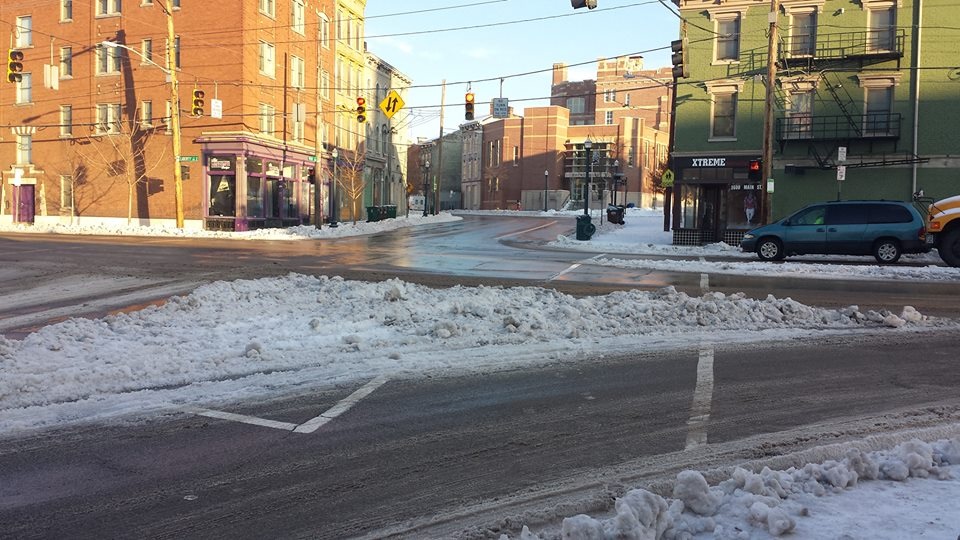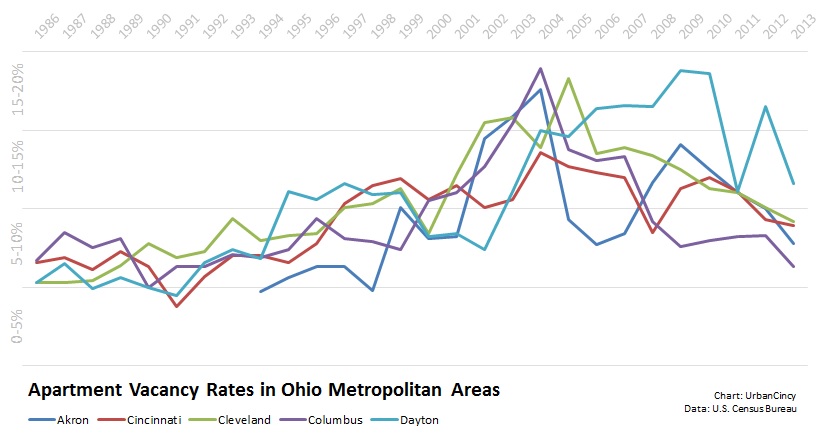Cincinnati’s taxicab industry has long been, and continues to be, a total embarrassment. The vehicles are old, rates are high, availability is limited and service is generally poor. That all may be changing in the near future, however, due to the impending arrival of Uber and Lyft – two new innovative ridesharing companies.
One of the long-standing issues with Cincinnati’s various taxicab companies has been the lack of uniformity or use of technology. There are scores of rag-tag taxicab businesses all across the city and region, with different levels of service and expectations to go along with each.
Forget trying to pay with a credit card, or by any sort of 21st century payment mechanism, in Cincinnati today. But both Uber and Lyft started with technology as a foundational element of their companies.
“In cities around the world, especially the major ones, you have a very stagnant transportation ecosystem,” explains Uber CEO Travis Kalanick. “A lot of times they don’t work. Bringing innovation to this world, which in many cases hasn’t been innovated on in decades, can really bring diversity to a system that hasn’t seen a lot of that.”
Lyft, founded in 2012, allows your friends and neighbors to become your taxi drivers while using their own person vehicles. Meanwhile, Uber, founded in 2009, uses the latest technological advances to allow users to book, reserve, pay and coordinate all elements of their trip. And both companies ensure that clean, new vehicles are the standard.
Lyft was the first to make the announcement that they would soon be entering the Cincinnati market. In February, the company posted ads on Craigslist soliciting new drivers in the Cincinnati area. Uber has since followed suit and posted a position for a Cincinnati Community Manager on their website.
Both of the new tech-savvy, ridesharing companies have been operating out of Columbus, and will also both soon be operating in Cleveland. As a result, Uber’s new community manager position is based out of the state’s centrally located capital.
“So much about cities is how you get around them,” Kalanick concludes. “If you can bring real efficiency, real convenience and real comfort to how you move around that city, you can change the way people live in that city.”
In Cincinnati, a city where the transportation has essentially been unchanged for several generations, the changes and new competition could not come soon enough for some.
“Convenience trumps all. Instead of digging around Google for local taxi numbers, both services come to you,” explained Josh Green from Roadtrippers, who had previously lived and worked in the San Francisco area and frequently used both services.
Green says that he never had a bad experience using either Lyft or Uber, and even envisions the tech-savvy employees at Roadtrippers to utilize it.
“Both services always had friendly drivers thanks to the mutual rating system. I particularly liked Lyft’s drivers because they are literally normal people off the street,” said Green. “I’m super pumped they are coming to Cincinnati because taxis, especially on week nights, are hard to come by.”

















